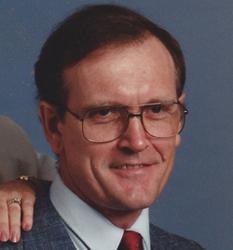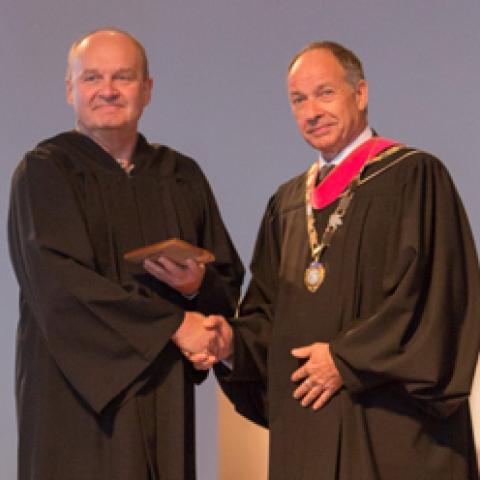
Patrick Quigley, 63, of Wirtz, Virginia, died on January 14. Born on December 29, 1950 in Esh Winning, England, Quigley served as apprentice and journeyman with Harrison & Harrison where he perfected his skills in fine English cabinetmaking and earned Master Organ Builder’s credentials. Quigley also worked for Gabriel Kney in London, Ontario, Canada, for six years. In 1979 he and his family moved to Houston, Texas where he joined Visser-Rowland and Associates and spent 17 years building over 80 organs.
In 1993 he ventured off to start his own supply company to the organ industry. After two years under the name Quigley Designs, he met with Mark Lively and Paul Fulcher to build a two-manual organ for Lively-Fulcher Organ Builders. After this first venture they decided to join forces and build a new 10,000-square-foot workshop in Rocky Mount, Virginia, under the now current name of QLF Custom Pipe Organ Components.
Patrick Quigley is survived by his wife of 43 years, Irene Quigley of Wirtz, Virginia; son, Jeremy Quigley of Rocky Mount, Virginia; daughter Jennifer Wilson, son-in-law David Wilson, grandson Charlie Wilson, and granddaughter Casey Wilson of Hardy, Virginia; brothers William (Billy) Quigley, John Quigley, J. Michael Quigley, and Kevin Quigley, and sisters Winfred, Mary, and Angela.



